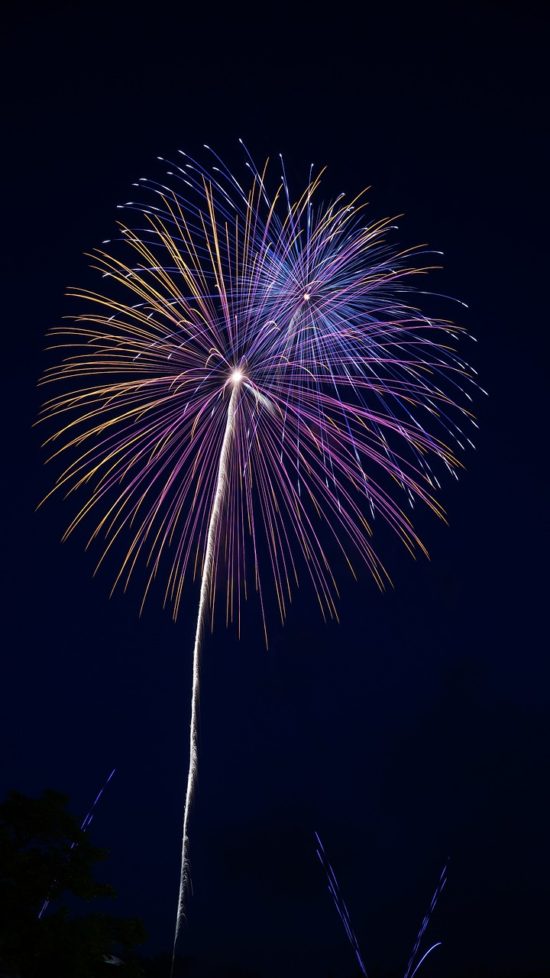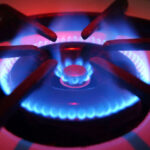Although a bit late for July 4, the fireworks season is still fresh in our minds. Hopefully, the remnants of the colorful displays have been cleaned up!
Aside from the noise that scares dogs and children, fireworks are a sight to behold. Ever wondered about their history? Let’s delve into it:
When we hear about fireworks, we often think of The Star-Spangled Banner: “And the rockets’ red glare, the bombs bursting in air…”
But did you know that fireworks originated in ancient Liuyang, China, back in the second century BC? The first fireworks were bamboo stalks that exploded when exposed to fire due to their hollow air pockets. The Chinese believed these “fireworks” could ward off evil spirits.
Legend has it that between 600 and 900 AD, a Chinese alchemist mixed potassium nitrate, sulfur, and charcoal, creating a black flaky powder that marked the birth of gunpowder. This gunpowder was later poured into hollowed-out bamboo stalks (and eventually, paper tubes) to create the first man-made fireworks.
In the tenth century, the Chinese attached fireworks to arrows, leading to the creation of the first aerial displays.
Fireworks made their way to Europe in the 13th century. In England, fireworks experts were known as “firemasters,” with their assistants referred to as “green men” for wearing leaf caps to shield against sparks. By the 15th century, fireworks were used for religious festivals and public entertainment. The Italians were the first Europeans to manufacture fireworks, with European rulers using them to illuminate their castles on special occasions.
The first recorded fireworks display in Great Britain took place at Henry VII’s wedding in 1486.
Early American settlers brought fireworks to the New World, with Captain John Smith possibly setting off the first fireworks in the Jamestown Colony in 1608.
In the 1830s, a significant development occurred in fireworks production with the addition of trace amounts of metal to create multicolor displays.
Fast forward to 1776, where fireworks became an integral part of America’s first Independence Day celebration, a tradition that continues to this day. And the use of fireworks is not exclusive to the United States, as many countries incorporate them into holiday celebrations.
Here are some interesting fireworks facts (as of a few years ago):
- The Walt Disney Company is the largest consumer of fireworks in the United States.
- Blue is the most challenging color to produce in fireworks.
- New Castle, Pennsylvania, is renowned as the fireworks capital of the world, hosting both Zambelli Fireworks and Pyrotechnico.
- The largest shell available in the consumer fireworks market is 3 inches.
- Professional aerial shells range from 3 inches to over 24 inches in diameter, with most falling between 6 and 12 inches.
- The largest fireworks display on record was in the Philippines for their 2016 New Year celebration, featuring 810,904 fireworks.
- In 2020, 404.5 million pounds of fireworks were set off, despite the global pandemic.
- Massachusetts is the only state in the U.S. that prohibits the sale of all consumer fireworks.
- In 2019, ten thousand people suffered injuries requiring emergency treatment due to fireworks.
- The Macy’s 4th of July fireworks show is the largest in the United States.
We hope you enjoyed a wonderful holiday!






